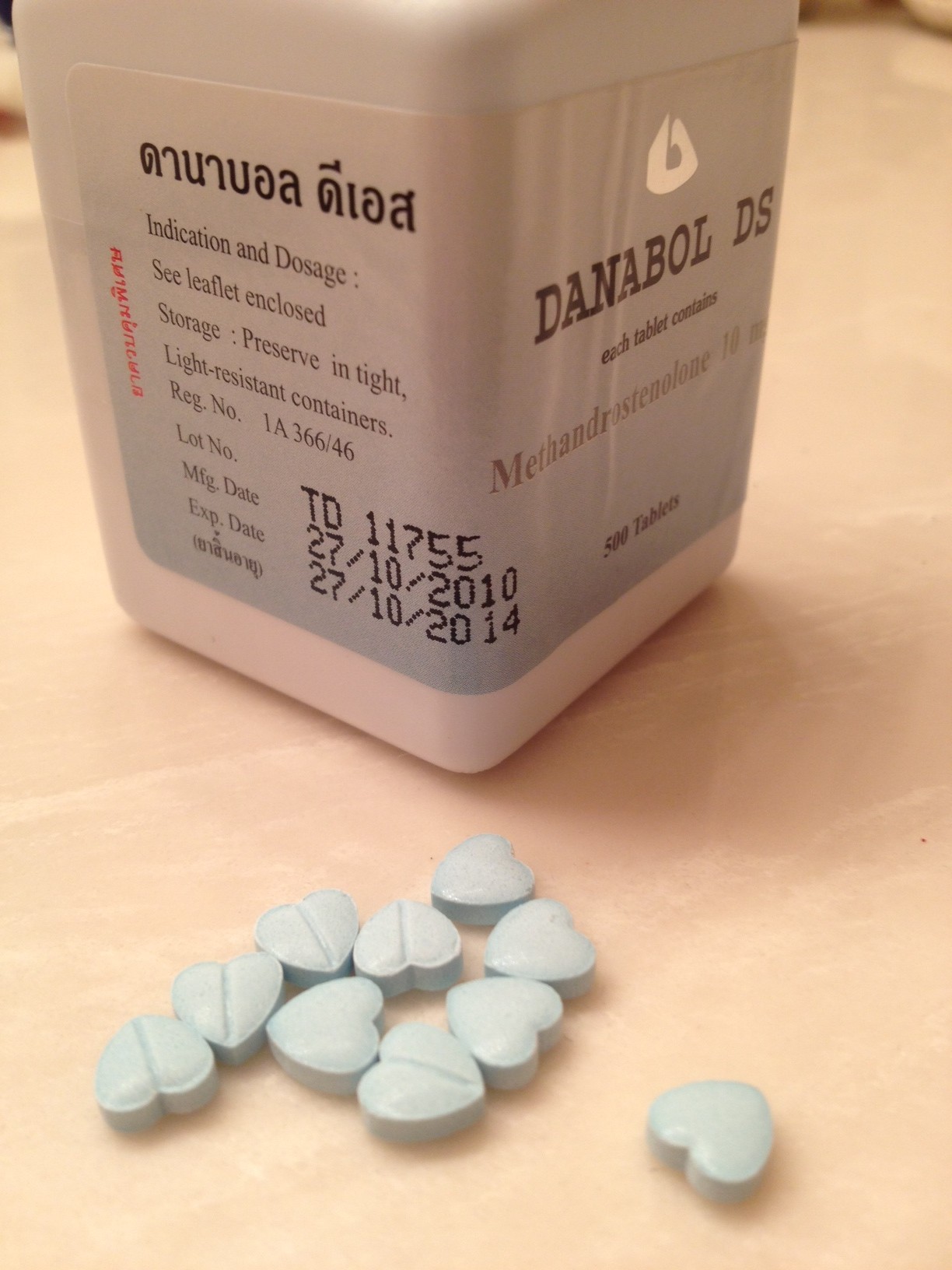
Q: “Why might I want to keep SHBG levels as normal as reasonably possible, and how would I do that in steroid cycles?”
A: Contrary to common opinion that SHBG is the enemy of the weight trainer, allegedly working only to reduce free T, normal SHBG levels serve useful purposes.
Between cycles, one reason for low SHBG being disadvantageous is that SHBG assists in transportation of testosterone from the testes into the bloodstream. Testosterone is practically insoluble in water. Without protein binding (SHBG is a protein), testosterone would transfer very poorly from the testes to the blood, and therefore to the rest of the body. While unproven, it’s entirely possible and makes sense physiologically that abnormally low SHBG may impair recovery for this reason.
Additionally, many cells of the body have SHBG receptors which serve a physiological purpose. As of yet, medical science understands little of this, so much detail cannot be given. What is known, however, is that SHBG binds to a receptor specific to it, and then when a ligand – such as but not limited to testosterone – binds to it, the receptor is activated, increasing cAMP levels in the cell, stimulating metabolic processes in the cell.
I never want to assume that a process that normally occurs in the body should be stopped or greatly reduced, unless we know why we want to do so. In this case, we have no reason to think it’s desirable to stop this signal process. If we have a choice to keep it working normally, or at least work in the direction of keeping it normal, to me that is preferable than shutting it down without understanding what we’re doing.
For example, with regard to sexual performance it’s long been noted that free testosterone does not tell the whole story: the same free T with normal SHBG (and therefore total T is relatively higher) gives better results than when SHBG is low (and therefore total T is relatively lower.)
High androgen levels work to decrease SHBG levels, with orals being particularly effective in doing so. Estrogen works towards increasing SHBG, and so high-normal estradiol may have advantages towards maintaining normal SHBG compared to low-normal estradiol. Thyroid hormone also helps increase SHBG, while high insulin levels work to decrease it.
Shorter cycles may well give faster recovery of SHBG than longer ones.
I wouldn’t radically overhaul cycle planning on account of SHBG, particularly during the “on” weeks, as gains can be excellent despite low SHBG. However, in recovery weeks, driving estrogen lower than necessary, having high insulin levels, or having low thyroid levels will all work against restoring normal SHBG levels. The reverse of these will aid in restoring normal SHBG levels.
It’s an area that needs more work and observation, but may well have significant relevance to recovery and particularly to sexual performance in recovery.

About the author
Bill Roberts is an internationally-recognized expert on anabolic steroids and performance-enhancing drugs (PEDs). He received a bachelor degree in Microbiology and Cell Science and completed the educational and research requirements for a PhD in Medicinal Chemistry at a major American university.
Bill entered the nutritional supplement industry prior to completing his doctoral thesis but his education was invaluable so far as being able to design/improve nutritional supplement compounds, since it was in the field of designing drug molecules and secondarily some work in transdermal delivery.
His education was not specifically "geared" toward anabolic steroids other than expertise with pharmacological principles having broad applications. This has allowed Bill to provide unique insight into the field of anabolic pharmacology with knowledge of points which he would not have known otherwise.
Leave a Reply
You must be logged in to post a comment.